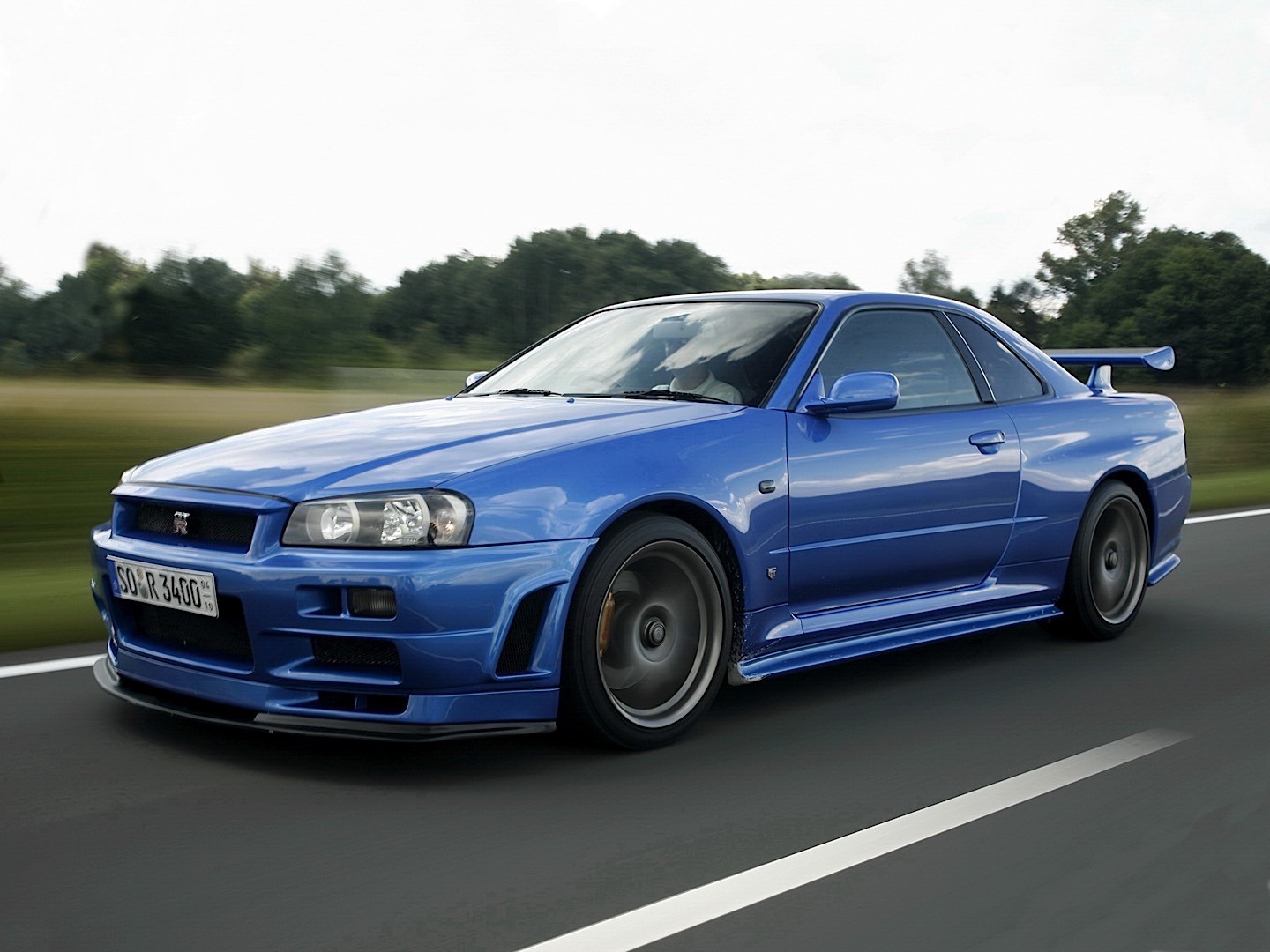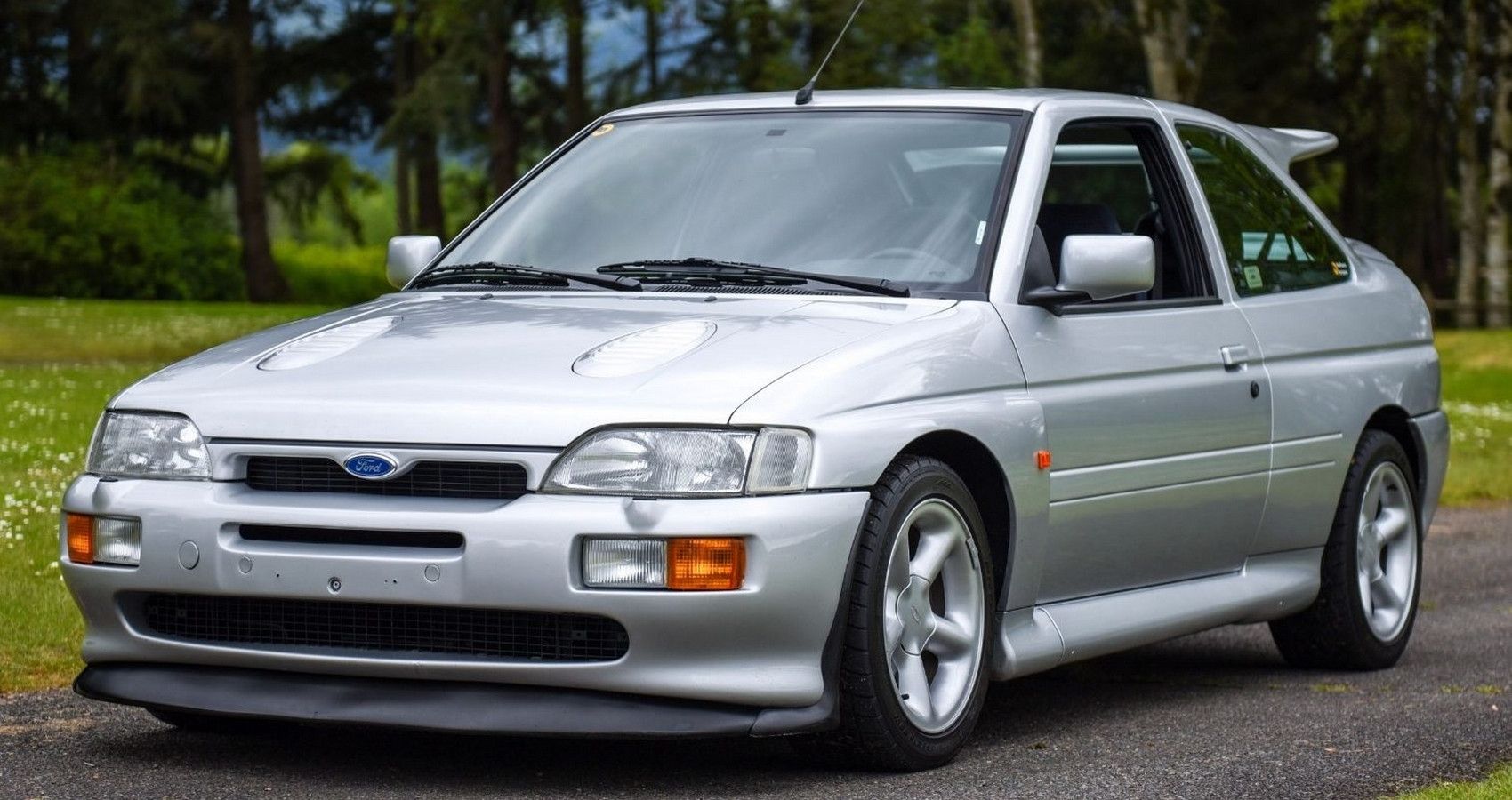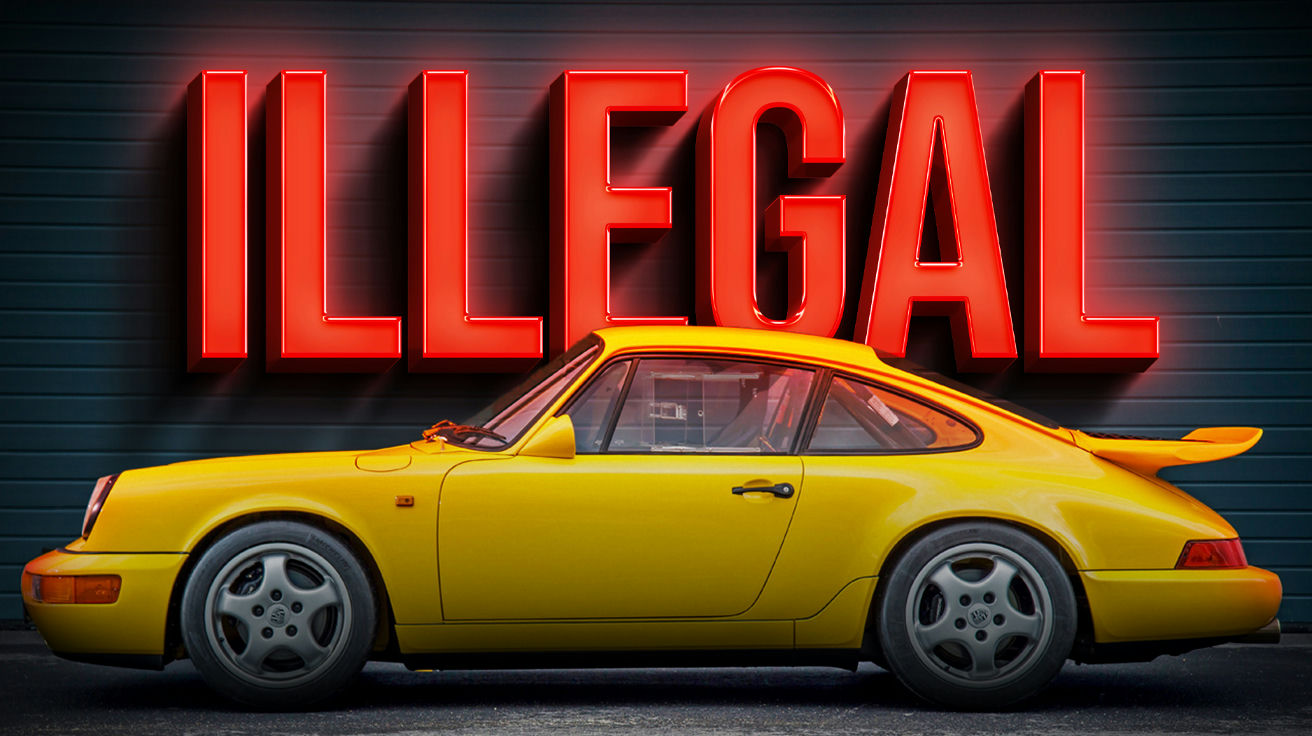The Forbidden Classics: 5 Legendary Cars You Can’t Legally Drive in the U.S.
For automotive enthusiasts, few things are more tantalizing than the cars we can’t have. While America boasts an incredible automotive landscape, strict federal regulations have kept some of the world’s most legendary vehicles off our roads. The 25-year import rule, safety standards, and emissions requirements have created a forbidden fruit scenario that has only intensified the mystique surrounding these automotive icons.
Here are five legendary cars that remain tantalizingly out of reach for American drivers—at least for now.
1. Nissan Skyline GT-R R34 (1999-2002)

Perhaps no car embodies forbidden desire quite like the R34 Skyline GT-R. This Japanese legend became a cultural phenomenon thanks to the Fast & Furious franchise, yet remained legally untouchable for American enthusiasts for decades.
The R34’s twin-turbocharged RB26DETT inline-six engine produces 280 horsepower (though many suspect the actual figure is significantly higher), paired with Nissan’s revolutionary ATTESA E-TS all-wheel-drive system. The car’s advanced electronics, including torque vectoring and traction control systems that were ahead of their time, made it a technological marvel of the late 1990s.
What makes this particularly painful for American enthusiasts is that Nissan sold the GT-R in nearly every major market except the United States. The earliest R34s are just beginning to reach the 25-year threshold, with 1999 models becoming legal for import in 2024. However, expect prices to remain astronomical as pent-up demand meets limited supply.
2. Ford Escort RS Cosworth (1992-1996)

While Americans received various iterations of the Ford Escort, we never got the rally-bred monster that dominated European motorsports. The RS Cosworth represents everything enthusiasts love about homologation specials—a road car built specifically to meet racing requirements.
Under the hood sits a turbocharged 2.0-liter four-cylinder engine producing 227 horsepower, paired with Ford’s intelligent all-wheel-drive system. The car’s aggressive aerodynamics, including its iconic “whale tail” spoiler, weren’t just for show—they were developed in Ford’s wind tunnel to provide genuine downforce at speed.
The RS Cosworth’s rally pedigree is undeniable, with variants dominating the World Rally Championship throughout the 1990s. Its combination of raw performance, rally heritage, and relative rarity has made it a holy grail for enthusiasts worldwide.
3. Mercedes-Benz 190E Evolution II (1990-1991)

Mercedes-Benz built the 190E Evolution II for one purpose: to dominate the Deutsche Tourenwagen Masters (DTM) racing series. Only 502 examples were produced, making it one of the most exclusive sedans ever created.
The Evolution II features a naturally aspirated 2.5-liter four-cylinder engine producing 235 horsepower—impressive for its displacement and era. However, the real magic lies in its aerodynamics. The massive rear wing, aggressive front spoiler, and widebody modifications weren’t styling exercises but functional elements designed to generate significant downforce.
This wasn’t just a fast sedan; it was a race car with license plates. The suspension, braking system, and even the limited-slip differential were all developed with track performance as the primary goal. Today, pristine examples command six-figure sums in European markets, and their rarity means they’re unlikely to depreciate anytime soon.
4. Lancia Delta Integrale Evoluzione (1991-1994)
Lancia’s rally dominance in the 1980s and early 1990s was legendary, and the Delta Integrale represents the pinnacle of that era. This Italian rally weapon never made it to American shores, leaving enthusiasts to admire it from afar.
The Integrale’s turbocharged 2.0-liter four-cylinder engine produces 210 horsepower, channeled through a sophisticated all-wheel-drive system that helped Lancia secure six consecutive World Rally Championship constructor titles. The car’s boxy, utilitarian appearance belies its incredible capability on both tarmac and gravel.
What makes the Integrale special isn’t just its performance—it’s the way it delivers that performance. Unlike many modern all-wheel-drive systems that prioritize safety and fuel economy, the Integrale’s setup was designed purely for speed. The result is a raw, engaging driving experience that modern cars struggle to match.
5. Renault Clio V6 (2003-2005)
The Renault Clio V6 represents automotive insanity at its finest—a small hatchback with its rear seats removed to accommodate a naturally aspirated 3.0-liter V6 engine mounted behind the driver. It’s the kind of engineering madness that rarely gets approved in today’s corporate automotive world.
With 255 horsepower driving only the rear wheels, the Clio V6 was notoriously challenging to drive quickly. The mid-engine layout, combined with a short wheelbase and relatively high power output, created a car that demanded respect and skill from its driver. It wasn’t just fast—it was genuinely dangerous in inexperienced hands.
The Clio V6’s production run was brief and limited, with Renault building only around 2,500 examples across both generations. Its rarity, combined with its reputation as one of the most exciting hot hatches ever built, has cemented its status as a modern classic.
The 25-Year Rule and Beyond
The National Highway Traffic Safety Administration’s 25-year rule means that some of these forbidden classics are finally becoming legal for import. Early R34 Skylines are already crossing the Atlantic, though at prices that would have seemed impossible just a few years ago.
However, legality doesn’t guarantee affordability or availability. Many of these cars were produced in limited numbers, and decades of pent-up American demand has created a perfect storm for astronomical pricing. A clean R34 GT-R now commands well over $100,000, while pristine examples approach $200,000 or more.
For many enthusiasts, the forbidden nature of these cars has only intensified their appeal. They represent not just automotive excellence, but also the tantalizing possibility of experiencing something truly special—something that was kept from American roads for decades.
The irony is that by the time these cars become legal to import, their prices often put them beyond the reach of the enthusiasts who dreamed of owning them for decades. Perhaps that’s fitting for automotive forbidden fruit—always desired, rarely attained, and forever legendary.
As we look toward the future, it’s worth remembering that today’s forbidden classics will eventually become tomorrow’s legal imports. The question isn’t whether these cars will finally reach American shores, but whether anyone will be able to afford them when they do.
